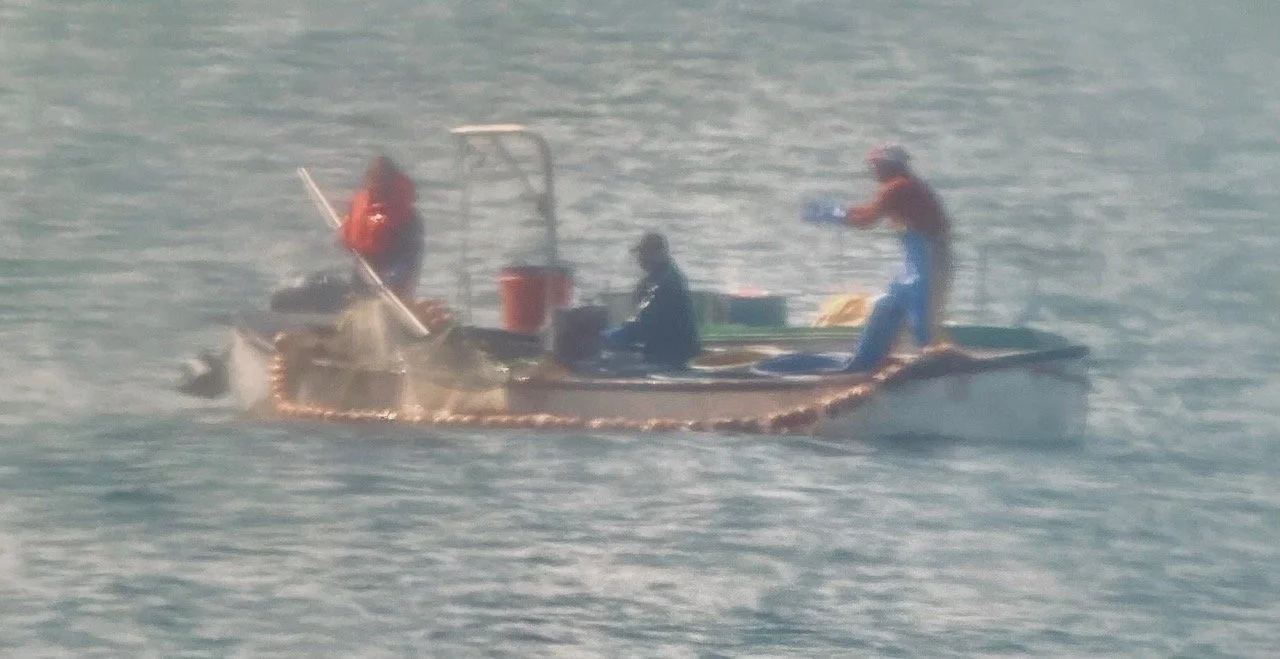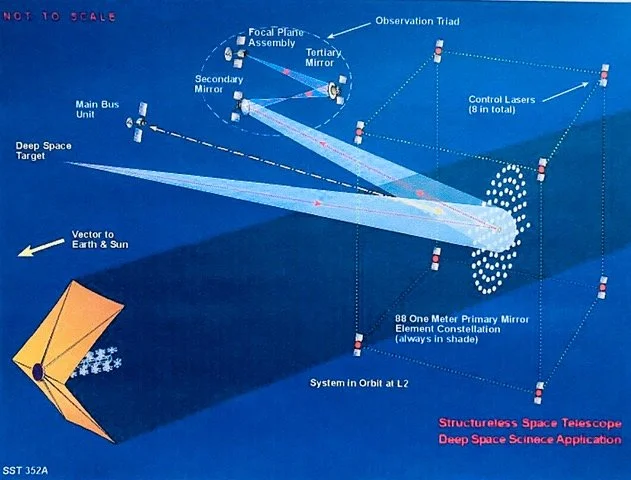Musk’s Rule Number One
Piper, You mentioned that a current topic in your engineering class has to do with establishing technical requirements for a project. You are working with tables of specifications, you said.
I saw and actually recorded an interview between Elon Musk and a SpaceX blogger in which he expounded on his “Musk's Engineering Philosophy." Here is someone else’s encapsulation of his rules.
Musk uses the example in the above statement of focussing lots of effort on reducing the mass of SpaceX rocket engines while nearly ignoring the hundreds of pounds of unburned fuel still on board after the vehicle has touched down. Later in the interview he tells the story of the four drag fins that are deployed to act like feathers on an arrow to keep the vehicle pointing engines-down during reentry and touch-down. Their high drag, sticking out into he airstream as they do, exerts a large correcting force during the very high speed re-entry.
To reduce drag at the other end of the mission, when rising through the atmosphere during take-off, these huge, very heavy fins were folded flat against the sides of the rocket. Sounds right doesn’t it? But, that required that each fin have a strong hinge mechanism and a big hydraulic system to deploy them for landing. Lots of heavy mechanisms and many things that could go wrong are involved.
So, they did an analysis (much too late in the game, according to Musk) to see if the overall mission could be better accomplished with permanently extended fins. Everyone laughed at first. But, simple fins without hinges and hydraulic systems and latches and sensors to be sure they had deployed and others to assure that they had latched eliminated lots of weight. Their drag during launch clearly required the engines to burn more fuel, but the enormous weight removed by making them fixed easily allowed them to load that additional additional fuel. In fact, the mission payload could actually be substantially increased. And potential failures of all those moving mechanisms were simply eliminated.
That analysis (although late) was stimulated by the simple observation that during takeoff, a typical rocket starts at sea level where the atmosphere is thickest, but drag is actually very low because the vehicle, starting at zero, is moving quite slowly. By the time the rocket has reached high speed, the atmosphere has thinned out dramatically and the drag of those fixed fins isn’t as troublesome. Upon return for a landing the fixed fins do exactly what deployable fins would have done. That observation was made by an engineer working diligently on reducing the weight of the fin deployment hydraulics by a few pounds and not making much progress. That reinforces Musk’s statement that “everyone should be a chief engineer” very nicely.
Bear… An isolated team working on a single problem like “minimize the weight of that hydraulic pump,” won’t come up with “let’s eliminate the pump altogether.” Only with everybody trying to think like a systems engineer, will that happen. Remember, Musk’s rule number one is “Make Requirements Less Dumb.” (See “Musk’s Engineering Philosophy" below)
Musk has really created a whole new form of product development at SpaceX …. "Rapid Prototyping." By adapting a basic design that allows rapid and economical production of the next prototype rocket, he can employ the “ready, fire, aim” approach. If bullets are cheap and plentiful, take a quick shot and see where it hits, correct and repeat until you succeed.
All SpaceX rockets are modular in design … just stacks of the same size stainless steel cylinders and tanks, which they built on-site in a highly repetitive, large volume, automated process, one after another. The engines are identical and when you need more lift, you don’t design a bigger one, you just install more of them (Starship will have 29 engines to go fully-loaded into orbit while the first few flights just to the edge of apace used only three).
The long succession of spectacular failures of his Starship development program exemplifies this. After each disaster, he made obviously necessary changes on the next prototype inline in the factory and flew again. There was no “Congressional Oversight Study" or protracted which-hunt, or long delay to do more analysis, or design overhaul like there was in all the space programs I worked on. SpaceX just fixed what had obviously gone wrong, and launched again. If a new problem caused another fireball, they fix that next.








